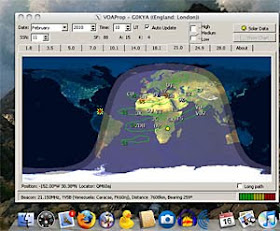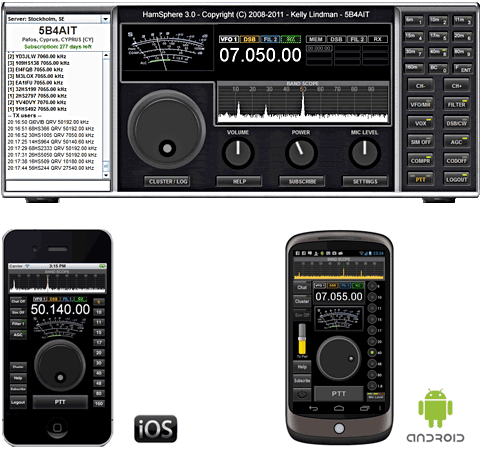
Includes a well-designed bias tee feature for improving sensitivity.Built-in filters and user controls for signal conditioning.Excellent receiver quality and specifications.For better immunity from RF interference, you can get this metal case. The benefit of this is that the user can adjust the receiver depending on the strength and frequency of the signal.įor a more advanced receiver option there is also a slightly more expensive version of this hardware with two software-selectable inputs called the RSPDx. The SDRPlay RSP1A provides excellent controls for adjusting and trading off the linearity against the gain and noise figure. The price of the ADALM Pluto is lower than the HackRF, so it presents very compelling value. The ADALM was introduced in 2018 and even though it’s a relatively new product, it has excellent support from MATLAB for education and there’s an entire free education course that has been developed around this hardware. Like the HackRF this is a transceiver product so you can both transmit and receive signals with it. Our pick for the runner up is the ADALM Pluto from Analog Devices.

Runner-up software-defined radio transceiver – ADALM Pluto The power amplifier in the transmitter is susceptible to damage.


The HackRF has a sampling rate of 20 million samples per second which allows the user to process waveforms that are 10 MHz wide. It has both a transmitter and a receiver to enable true standalone operation as a radio system. The HackRF One covers a broad frequency range from 10 MHz to 6000 MHz to include the most popular bands of operation. The Best Software-defined Radio Transceiver – HackRF One


 0 kommentar(er)
0 kommentar(er)
